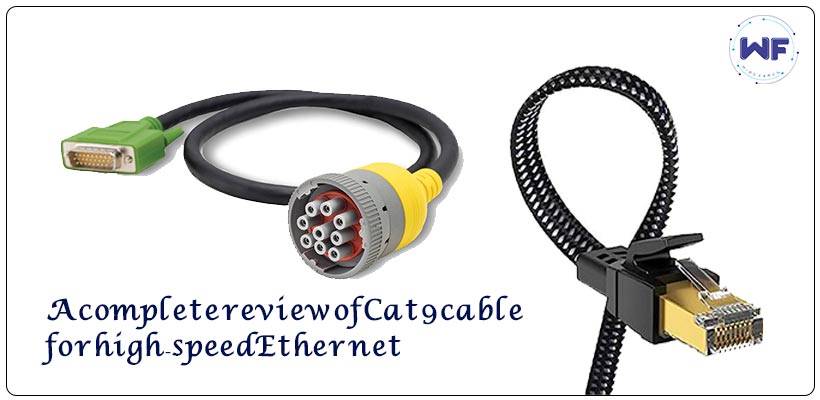Ethernet cables play a very important role in information network infrastructure. Due to the increasing need for high-speed and stable data transmission in network environments, more advanced technologies have been developed for making Ethernet cables. One of these technologies is the Cat9 cable, which in this article we will briefly review its features, performance and applications.
Introduction of Cat9 cable:
Cat9 cable refers to “Category 9”, which represents the ninth generation of Ethernet cables. This version of Ethernet cables is designed for high-speed data transfer and optimal performance in different networks. Cat9 with the most advanced technical features allows data transfer at a speed of 10 gigabits per second.
Key Features
High Speed
The Cat9 cable allows high-speed data transfer up to 10 Gbit/s by upgrading from previous versions.
Better coverage
These cables are provided with better coverage against electromagnetic interference, which leads to increased stability and data transfer capability.
Improved Design
Cat9’s improved design helps increase frequencies and reduce signal degradation.
Shorter range
Cat9’s better performance is ideally used over shorter distances such as inside a building or room.
applications Cat9 cable
Cat9 cable is used in a variety of applications due to its ability to transmit data at high speed and stability:
– Connecting data networks in work and office environments that require high bandwidth.
– Network connections in data centers and servers that require large and fast data transfer.
– Connecting workstations with high-speed networks and transferring large data using Ethernet cables.
What will be the difference between CAT9 and CAT10 network cables?
CAT8 is the last type of network cable recognized by TIA standards and currently available on the market. Compared to previous models, it offers data transfer speeds of 1 or 2 GHz and up to 40 Gbps. In addition, the latest addition to the network cable family is known for its protection. Buy CAT8 cables with confidence Cat8 cable has four twisted pairs of wires, each individually wrapped in foil with an additional braided shield around all four twisted pairs.
Each twisted pair in foil covers the inner conductors to pave the way for higher data transmission. As a result, this conductive material is the main reason for higher data transfer rates and fewer errors. These network cables support the speed of 40 Gbps at distances of up to 30 meters or 10 Gbps at distances of up to 100 meters. However, the improvements made in its components have resulted in a heavier weight, which makes it difficult to install the cable in tight spaces. The demand for faster data transfer has increased exponentially over the years as more data is attached to storage capacity.
A growing number of network hardware manufacturers, IT and data professionals are pushing engineers to integrate centralized data into the cloud to adapt to digital transformation. Accordingly, they consider more innovative and cost-effective ways to transfer data in the shortest possible time. Because Cat8 cabling is designed with 40G networks in mind, it is a good alternative to low-cost fiber optic cabling.
In general, CAT8 is the fastest Ethernet network cable that reduces latency to strive for excellent signal quality. You can expect CAT9 and CAT10 Ethernet cables to hit the market in a few years. They represent the next generation of wired connectivity among wireless signals.
Conclusion for Cat9 cable
As an advanced generation of Ethernet cables, Cat9 cable provides high-speed and stable data transmission. These cables are used in environments that require wide data transmission
They have high bandwidth and better performance, they are used and have better performance than older versions. Considering that network technologies are updated, using Cat9 cable can help improve connections and network efficiency.



One Response